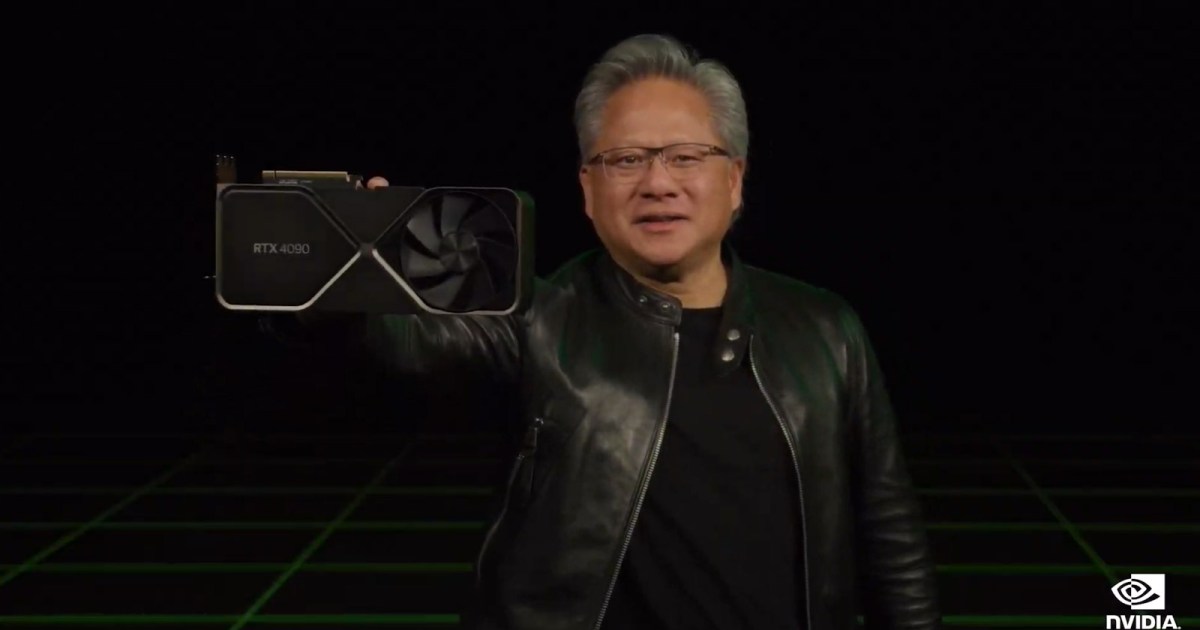Few things are as thrilling in the PC world as the release of a new lineup of some of the best graphics cards. The excitement builds for months on end, with benchmarks, leaks, predictions, and finally, the launch of said GPUs. While I’m far from immune to that sort of hype, I can’t bring myself to be excited about Nvidia’s RTX 5000-series. In fact, I’m kind of dreading it.
My fears are based on the last couple of generations. While Nvidia certainly knows how to push its performance to new heights, all of this comes at a price that the mainstream market may not be prepared to pay.
Nvidia’s rise to dominance
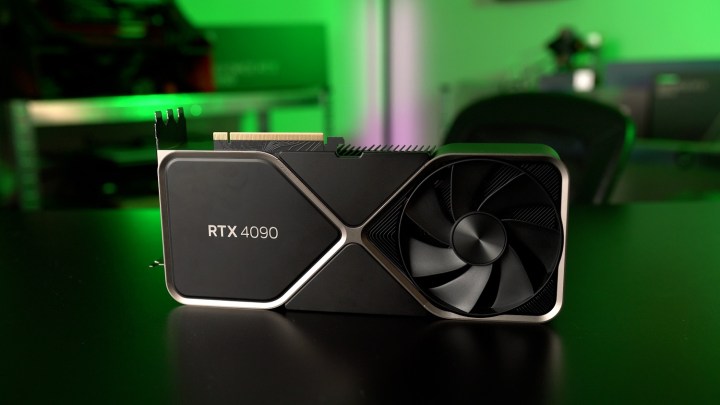
When you look at the last few years of Nvidia graphics cards, there have been some highs and some lows — but mostly highs. Nvidia has grown, establishing a firm lead over AMD and holding on to it for years. These days, one might argue that AMD graphics cards are able to keep up with Nvidia in pure rasterization, but Nvidia’s got an extra bag of goodies that gives it an edge.
Nvidia simply dominates the enthusiast sector, and that’s been the case for a while now. Still, the gen-to-gen performance gains haven’t always been this impressive.
Prior to the release of the RTX 3090, Nvidia’s GPUs maxed out at the xx80 Ti — unless you take Titan cards into consideration. Ever since the Maxwell generation, each halo card delivered a sizable step up over its previous generation counterparts, although Nvidia wasn’t able to avoid some bumps along the road. For example, while the GTX 1080 Ti was up to 70% faster than the GTX 980 Ti, the leap between the GTX 1080 Ti and the RTX 2080 Ti was nowhere near as big. In fact, in some of our tests, the RTX 2080 Ti was only between 8% and 23% faster than its previous-gen counterpart. However, it introduced ray tracing, which continues to be a point of pride for Nvidia in its rivalry with AMD.
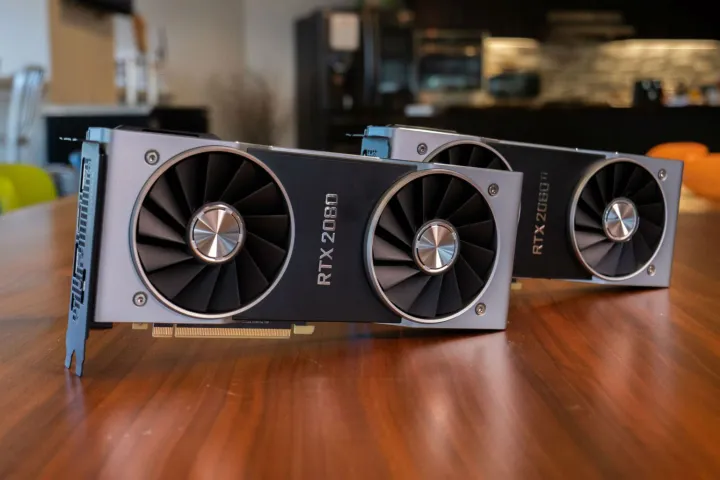
With the dawn of Ampere, Nvidia introduced the RTX 3090 and the RTX 3090 Ti, adding another high-end tier for PC gamers and those in need of a GPU to bridge the gap between consumer and workstation cards. Both were dubbed the best ever at the time of their respective launch dates, but neither was without fault. While the RTX 3090 was mostly all-around impressive, the RTX 3090 Ti had its problems, be it the unprecedented power consumption or the insignificant upgrade over the RTX 3090.
Cue the RTX 4090 — a card that beats every other GPU by a mile and then some. It’s bigger, it consumes even more power, and it’s a whopping 89% faster than the RTX 3090, marking one of Nvidia’s biggest generational leaps to date. It seems hard to believe that Nvidia might top such an increase in performance from one generation to the next. We haven’t even seen the last of RTX 40-series, because Nvidia might still launch a Titan card, so who knows what’s going to happen there.
Could Nvidia top its own records with the RTX 5090, rumored to launch in 2025? Possibly. Based on early leaks, we’re looking at an over 30% increase in CUDA cores, not to mention twice the VRAM and a 512-bit memory bus. It’s just one generation away from where we are now, and it still sounds like a pipe dream — that’s how crazy those specs are — but I wouldn’t put it past Nvidia.
Nvidia truly does keep a strong grip on the high-end portion of the market. AMD hasn’t had an apples-to-apples equivalent for the past few generations; it’s always been a few steps behind, albeit still competitive. It’s also rumored to be stepping down from the high-end sector in the next generation. While that’s a good thing for AMD, it means that Nvidia will, once again, be allowed to run rampant.
And that’s precisely what worries me.
Price hikes for everyone
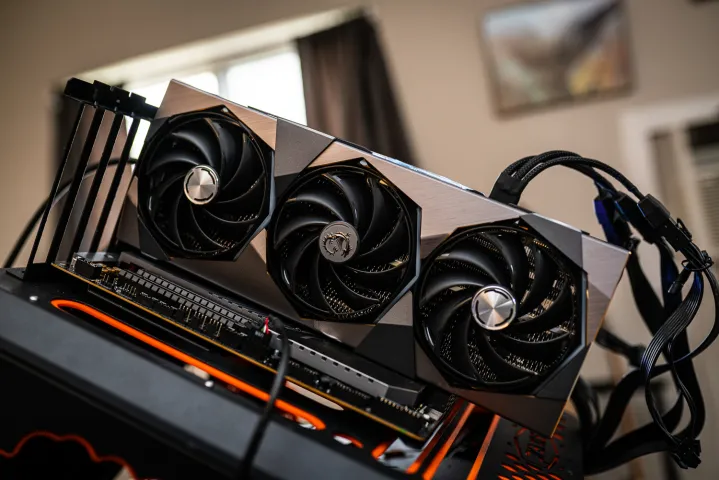
As I’ve established, Nvidia’s high-end cards have been on an upward trend — as they should be. Midrange GPUs, however, haven’t seen the kind of boost the RTX 4090 received over its predecessor. There are far too many models to draw accurate comparisons, but to give you an example, the RTX 4060 is only around 15% to 20% faster than the RTX 3060, and it’s actually slower than the RTX 3060 Ti.
There are improvements there, but they only warrant a lukewarm response. Arguably, if not for Nvidia’s Deep Learning Super Sampling 3 (DLSS 3), there’d be virtually no reason to upgrade from the RTX 3060 to the RTX 4060. Of course, some GPUs still present a decent upgrade, like the RTX 4070.
This generation set a worrying precedent for the future of graphics cards.
Unfortunately, these gains don’t mean that the prices remained the same across each lineup, and the last two generations are really setting new trends for just how far Nvidia’s outrageous pricing strategy can go. Let’s start at the top.
The RTX 3090 launched at the height of the GPU shortage at $1,500, so it’s only $100 cheaper than the RTX 4090. Considering that you’re getting up to 90% faster performance, the RTX 4090 is expensive, but actually worth the price. But then, there’s the RTX 3090 Ti with its $2,000 price tag.
Comparing the RTX 4080 to its predecessor shows that Nvidia didn’t hold back at all in this gen. The RTX 3080 launched at $700, but the RTX 4080 was $500 more expensive at $1,200. On the other hand, it delivers a 42% increase in performance over the RTX 3080 Ti, which also cost $1,200 at launch. That doesn’t change the fact that it’s pretty terrible value, and it sets a worrying precedent for the future of xx80 graphics cards.
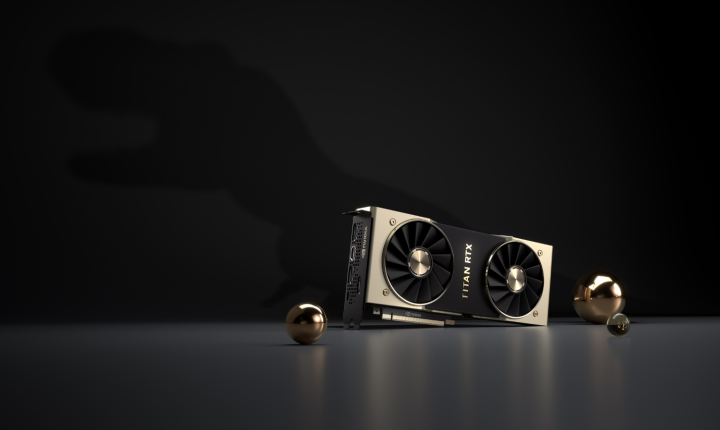
The price hikes continue across the lineup, with an extra $100 added on top of the last-gen pricing for most GPUs (the RTX 4060 marks a notable exception). Looking back a few years into the past shows that Nvidia’s pricing has been on a steady increase, though.
The GeForce GTX Titan X was priced at $1,000, while the GTX 980 Ti kept things more reasonable at $650. Nvidia’s GTX 1000-series was a vast lineup with a couple of Titans, but it never broke past $1,200. In fact, the GTX 1080 Ti only cost $700 at launch.
Moving on to the RTX 20-series, the RTX 2080 launched at $700, as did the refresh (RTX 2080 Super), while the RTX 2080 Ti bumped the price up to $1,000. The Titan RTX (which, to this day, I call the “T-Rex” in my mind) GPU had a monstrous $2,5o0 price that made it into more of a workstation GPU than something fit for enthusiast gamers.
Admittedly, the ever-rising prices have been less painful in the mainstream sector. The RTX 2070 launched at $500, so it’s not too bad when you compare it to the RTX 4070 at $600. But when you look further back into the past, you’ll find that the GTX 970 only cost $330 at launch. The mainstream GPUs haven’t been spared; it’s just a slower climb.
‘A story of the past,’ indeed
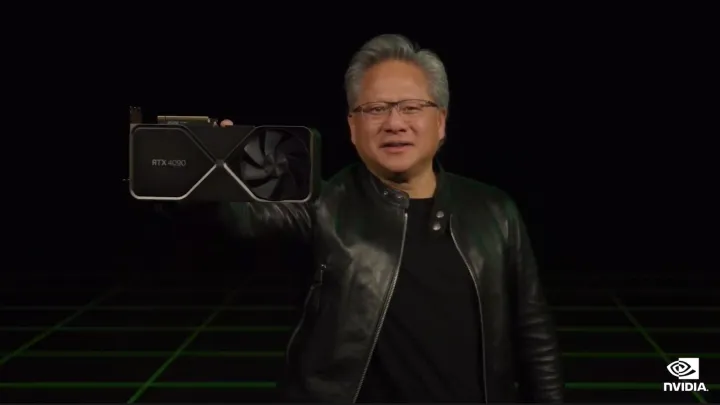
The gen-to-gen price hikes are undeniable, but I’d expect nothing less. The prices would have gone up either way, whether it was AMD, Intel, or Nvidia — that’s just how it goes. The problem is that the way Nvidia prices its GPUs actually accelerates the natural increase we all expected to see. Just look at the RTX 3080 to the RTX 4080 — $500 in a generation is a lot.
What’s even worse is that Nvidia may have no reason for this to ever change. Jensen Huang, Nvidia’s CEO, said it best a while back: “The idea that the chip is going to go down in price is a story of the past.” This is a very telling response to a question about GPU prices, and it makes me wonder just how far Nvidia might be willing to take this.
You can already build a whole PC for the price of one Nvidia graphics card, and I don’t even mean the RTX 4090 here. Unfortunately, as the prices of the high-end cards go up, the mainstream segment will follow suit, slowly but surely. A few years from now, an RTX xx70 card might cost $1,000 at this rate, which is pretty crazy to think about.
Nvidia commands high prices, but it also delivers on performance.
The rumored specs of the RTX 5090 are exciting, but they should also give us cause for concern. With that kind of a generational leap, I wouldn’t put it past Nvidia to price the GPU in the ballpark of $1,800 to $2,000. If the RTX 5080 remains just as expensive, that’d put it at around $1,300 to $1,500. Where does that put the RTX 5070? What about the 5060?
If not for AMD, we might see these prices rise beyond all reason. Fortunately, Team Red is still in the game, and while it does take advantage of Nvidia’s strategy by bumping its prices too, it helps keep it in check to some extent.
Of course, my concerns could all be unfounded — and I hope they are. Nvidia can’t sustain increased prices every generation forever, so hopefully we’ve reached the end point.
And besides, I have to give credit where credit is due. Nvidia commands high prices, but it also delivers performance and software to match, with superior ray tracing and DLSS 3 frame generation. Still, it’s a shame that we’ll never go back to a time when an enthusiast GPU was priced at $700 while offering a notable performance improvement over the previous generation. These days, it’s mostly one or the other, and I fear that Nvidia might take that to the next level with Blackwell GPUs in 2025.
Editors’ Recommendations

